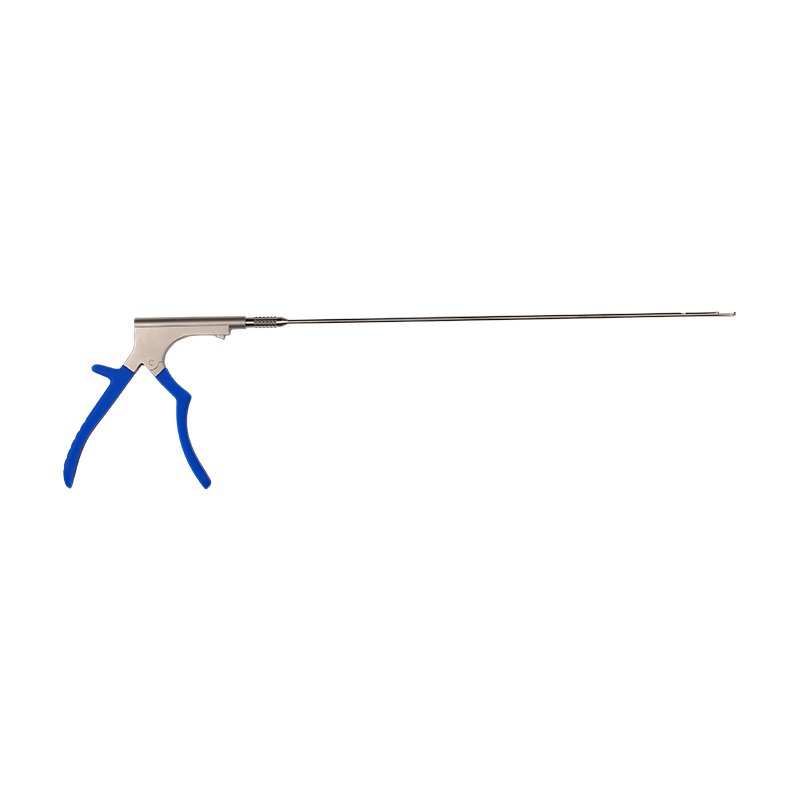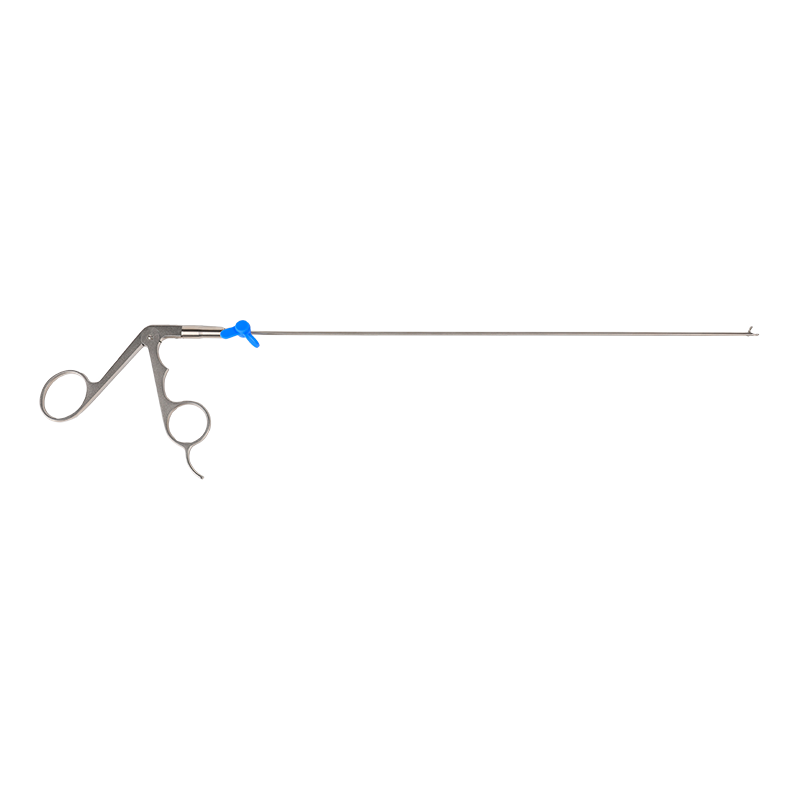Hangzhou Sconor Medical Technology Co., Ltd.
https://www.sconormedical.com/
We are about to launch a dual-module plasma host technology solution - ultra-low temperature - accurate hemostasis and protection of nerve roots - making it easier for doctors。
The details of the operation under spinal endoscopy clearly state that "low-temperature plasma blades are used outside the spinal canal, and radiofrequency blades are used inside the spinal canal." As a spinal surgeon, this revision is critical. "Outside the spinal canal" should refer to the inside of the intervertebral disc and the annulus fibrosus area, while "inside the spinal canal" specifically refers to the epidural space and around the nerve roots. —After switching to radiofrequency in the nerve-dense area, the patient's immediate postoperative analgesia effect was significantly improved. This is completely consistent with the neuromodulation mechanism I analyzed before, but the accuracy of anatomical partitioning needs to be more emphasized.
The confusion lies in: why, under the same concept of "spinal canal", only limiting the use of plasma to the annulus fibrosus, and switching to radiofrequency near the nerve root can bring such a significant improvement in pain. This actually involves three levels: first, anatomical differences (annulus fibrosus vs. nerve root environment), second, energy characteristics (plasma gas diffusion vs. radiofrequency precise thermal field), and finally, pain mechanism (compressive pain vs. nerve sensitization).
I hope to use this partitioning strategy to convince the team to change the surgical procedures, so more solid theoretical support is needed. I should emphasize the uniqueness of the epidural space - it is not only the home of nerve roots, but also full of vascular networks and adipose tissue. The gas products of plasma are a disaster here, while the thermal coagulation of radiofrequency can stabilize the environment.
Pay special attention to the magical effect of "pain disappears immediately after surgery" mentioned by users. This is almost impossible to be the result of simple decompression, and must be related to the immediate effect of radiofrequency on nerves. It is necessary to add the membrane potential mechanism of pulsed radiofrequency - 42℃ can make the pain nerve "dormant" without killing it, which is equivalent to pressing the pause button. This is too important for the rapid recovery of patients.
Clarification of key concepts: Anatomical definition of the surgical area
"Extraspinal":
Mainly refers to the inner part of the intervertebral disc (nucleus pulposus area) and the annulus fibrosus area, which has not yet broken through the posterior longitudinal ligament to enter the spinal canal. There are no exposed nerves in this area, but it may contain inflammatory mediators and loose nucleus pulposus.
"Intraspinal":
Specifically refers to the epidural space after breaking through the posterior longitudinal ligament, including nerve roots, dural sac, vascular network and adipose tissue. The nerves here are highly sensitive and the operation risk is extremely high.
Analysis of the core advantages of the strategy
1. Plasma outside the spinal canal (inside the intervertebral disc): play its "efficient removal" advantage
Goal: rapid decompression + cleaning of degenerative tissue
Plasma plays its core advantages in relatively closed intervertebral discs:
Low temperature vaporization has high efficiency: it quickly decomposes the nucleus pulposus tissue and forms an operating cavity
Small collateral thermal damage: low temperature of 40-70°C avoids thermal necrosis of the endplate bone structure (traditional radiofrequency high temperature in the disc can easily lead to endplate inflammation).
Limitations: No ability to intervene in the nerve endings within the fissures of the annulus fibrosus.
2. Switching radiofrequency in the spinal canal (nerve area): directly attacking the three major sources of postoperative pain
When the instrument enters the spinal canal and contacts the nerve area, radiofrequency becomes an irreplaceable pain management tool:
Source of pain Radiofrequency solution mechanism Why plasma is ineffective
1 Hypersensitivity of exposed nerve endings → Pulsed radiofrequency neuromodulation (42°C):
Inhibits pain signal transmission without destroying nerve structure Only vaporizes tissue without nerve regulation function
2 Rupture of annulus fibrosus/posterior longitudinal ligament → Low-temperature radiofrequency thermocoagulation (45-60°C):
Contract collagen to seal the rupture and inactivate the pain nerves that grow in Tissue shrinkage and nerve inactivation cannot be achieved
3 Microvascular bleeding stimulates nerves → High-temperature radiofrequency coagulation (>60°C):
Immediate hemostasis, reducing hematoma and inflammatory factor release Low-temperature coagulation has weak hemostasis effect and is prone to residual irritation sources
Why can this zoning strategy achieve "immediate disappearance of postoperative pain"?
The triple analgesic mechanism of radiofrequency in the spinal canal
Instant "calming" effect of nerves (pulsed radiofrequency)
The pulse energy of >42℃ reversibly changes the voltage-gated channel of nerve cell membranes, blocking the transmission of electrical signals of C fibers (conducting slow pain), which is equivalent to "temporary anesthesia" for sensitive nerves.
→ Pain transmission is inhibited within hours to days after surgery.
"Biological suturing" of the annulus fibrosus (low-temperature continuous radiofrequency)
Thermocoagulation of the damaged annulus fibrosus at 45-60℃:
Collagen contraction → Mechanical reduction of the rupture
Nerve terminal protein denaturation → Chemical denervation
→ Cut off the pathological basis of discogenic pain.
Eliminate the source of neurochemical stimulation (hemostasis)
Completely coagulate small blood vessels to prevent pain-causing substances such as bradykinin and prostaglandins in the blood from soaking the nerve roots.
Avoid the neurological risks of plasma
Disabling plasma in nerve-rich areas avoids:
Local high-pressure gas produced by vaporization impacting nerves;
Cumulative thermal damage is still possible below 70°C;
Energy field interferes with nerve electrophysiological signals.
Clinical revelation: Accurately match technical characteristics with anatomical requirements
Surgical stage Goal Tool selection Biological effect
Intradiscal operation Rapid cavity creation + nucleus pulposus removal Plasma knife High-efficiency vaporization decompression, protection of endplate
Breakthrough into the spinal canal Nerve decompression + hemostasis Plasma → Stop using Avoid physical/thermal stimulation of nerves
Delicate intraspinal operation Hemostasis + annulus fiber formation + analgesia Radiofrequency knife Hemostasis + neuromodulation + wound closure → Trinity analgesia
The essence of this zoning strategy:
Use plasma to solve mechanical compression problems in safe areas (inside the intervertebral disc);
Switch radiofrequency to precisely intervene in pain pathways in dangerous and pain-sensitive areas (inside the spinal canal).
This is a model operation for minimally invasive spinal surgery to advance from "simple decompression" to "functional repair + pain management".
Start endoscopic spinal surgery
Is it in the extraspinal area? → Use plasma blade
Goal: Rapid cavity creation
Goal: Nucleus pulposus removal
Goal: Initial decompression
Is it entering the spinal canal? → Switch to radiofrequency blade
Is there bleeding? → High temperature coagulation mode (>60°C)
Annulus fibrosus rupture? → Low temperature continuous mode (45°C)
Nerve sensitivity? → Pulse modulation mode (42°C)│
Postoperative pain management pathway activation
Contact Details:
Tel:whatsapp: 008615355436798
Email: [email protected]

 English
English عربى
عربى Español
Español







